A Throne of Compassion: The Story of Ashoka’s Lion Throne and its Lasting Message
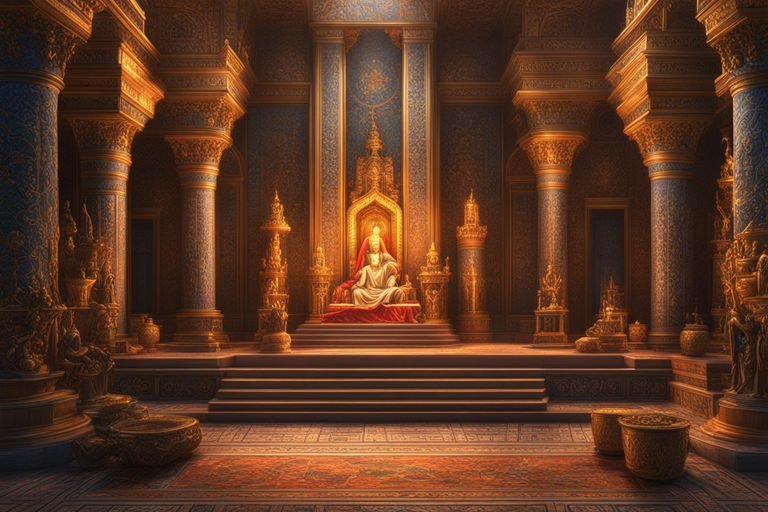
There are only a few rulers that have left their mark both politically and spiritually in the books of history. The legendary ruler, Ashoka who is known for his conquests and military strategies has undergone a drastic transformation from a ruthless ruler to Buddhist devotee which can be seen in his lion throne. Beyond its majestic appearance, this throne not only symbolizes the realms of monarchy but also a profound pillar of Buddhist compassion. Each detail that has been added to this pillar tells a different story, along with that it also forms a narrative of enlightenment and conversion. Ashoka’s reign can be traced as the footsteps of an emperor who witnessed ravages of war but in the end turned to the teachings of Buddhism for guidance. He has created an history which symbolizes the very fabric of the lion throne and showcase the very threads that bind together the temporal and the spiritual.
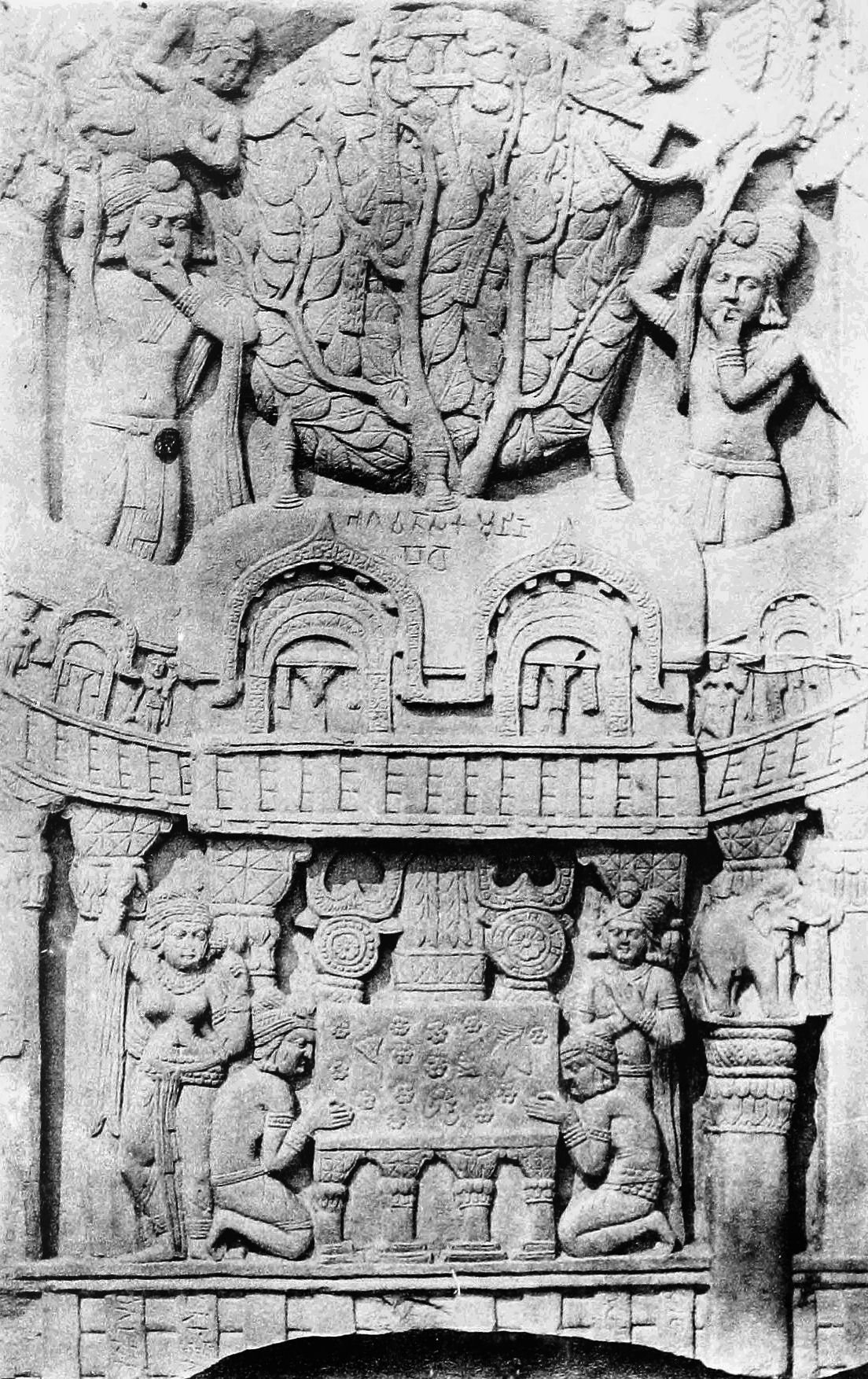
Chandragupta Maurya, the grandfather of Ashoka handed over the reins of his kingdom to him as inheritance. In the beginning, his rule was marked by tyranny, and various military campaigns. He even went on to capture the eastern region of Kalinga in the eight year of his rein, and during the campaign he himself was taken aback by the human toll. Around 150,000 people were deported and another 100,000 killed. This became a turning point in Ashoka’s life. He was overwhelmed with the immense loss of life and decided to transform his life for good. As a result, he embraced Buddhism as his guiding philosophy. This was further seen having an impact on his entire state, as Buddhism became the state religion backed by the ruler himself. To spread the lessons of this religion he decided to erect inscriptions on the pillars. He even constructed number of stupas which were also commemorative burial ground and memorials.
These inscriptions communicated the ethical guidelines to the people and acted as a medium. He wanted to maintain unity between different religious communities, which is called as sangha, he suppressed schisms and outlined a prescribed course of scriptural studies for his followers. His regret of the Kalinga war not only changed his personal beliefs but also shaped the tapestry of his rule. He emphasized the understanding of dharma as the active practice of sociomoral virtues. These virtues included honesty, truthfulness, compassion, mercy and so on. He believed in committing fewer wrong and more good deeds. He did not force his religion onto others and also whenever he discussed about Buddhism, it was with those who shared his faith. In his rule there was a sense of respect and freedom for other religious beliefs and mutual respect for all was appreciated. According to the Mahavasama, the Sinhalese chronicles, Ashoka went above and beyond usually by giving direct orders and personally assisting them and also sending his own sons and daughters as missionaries to Sri Lanka.
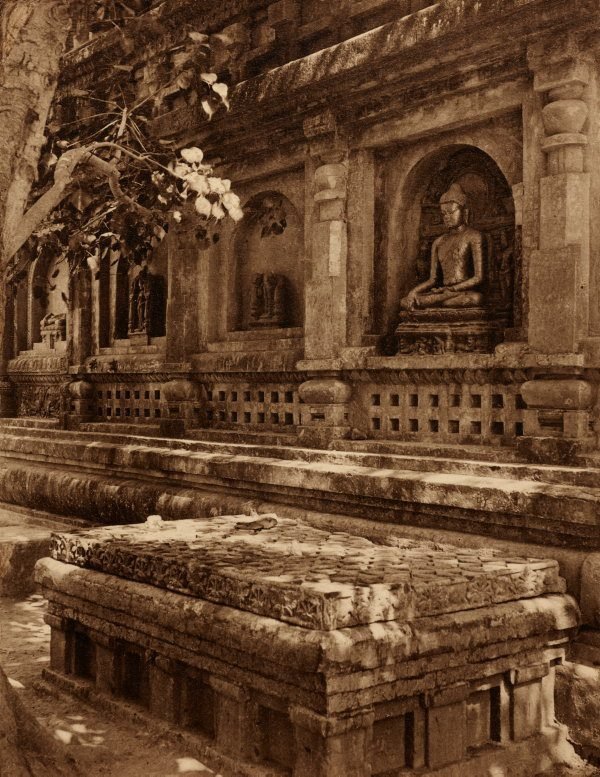
It is quite noticeable that his encouragement of the religion transformed it from a small localized religion into a widely embraced faith. In his visionary approach he had also appointed Dharma ministers who were supposed to alleviate sufferings of the people and address specific needs of different parts of society. His influence had travelled beyond his kingdom as he was actively engaging with Sri Lanka and wanted to spread the teachings of his religion throughout the world. More importantly, his actions always aligned with his teachings and thus he left an irreplaceable mark in the history of any rulers.
Ashoka’s lion capital is a remarkable testament to the Mauryan Empire, which showcases the religion and the sacred site of Gautam Buddha’s first sermon in Sarnath, India. The capital crown is a column that features four life sized lions that are positioned back to back on a drum shaped abacus. The part on the side is intricately decorated with wheels and just in between them there are four symbolic animals which include a lion, an elephant, a bull and a galloping horse. These animals gracefully follow each other from right to left. It stands 2.1meter tall and is crafted from a single polished sandstone. It was erected after Ashoka converted to Buddhism and hence is also plays homage to the historic location where Buddha delivered his inaugural sermon.
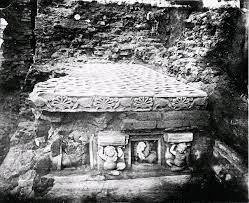
However, over the long years, the capital fell and was buried with other remains. The Archaeological survey of India excavated it in the early 20th century. It is still on the display in the museum near the excavation site. As it preserves the history and the significance of Ashoka’s conversion. The lion also became a symbol which showcases peace and majestic strength. This structure also conveys an Indian identity with the help of imagery that may appear unconventional to the westerners. Talking about the pillars of Ashoka, they stand as earliest known sculptures made by stone in India. They were very strategically built at the Buddhist monasteries and even the sites that hold significance with the life of Buddha or any pilgrimage for that matter. Some of the columns of the pillar have inscriptions that are directed towards monks and nuns and the others were raised to commemorate Ashoka’s visit. Currently, these pillars are located in some of the Indian states like Bihar, Uttar Pradesh, Madhya Pradesh and certain areas of Haryana.
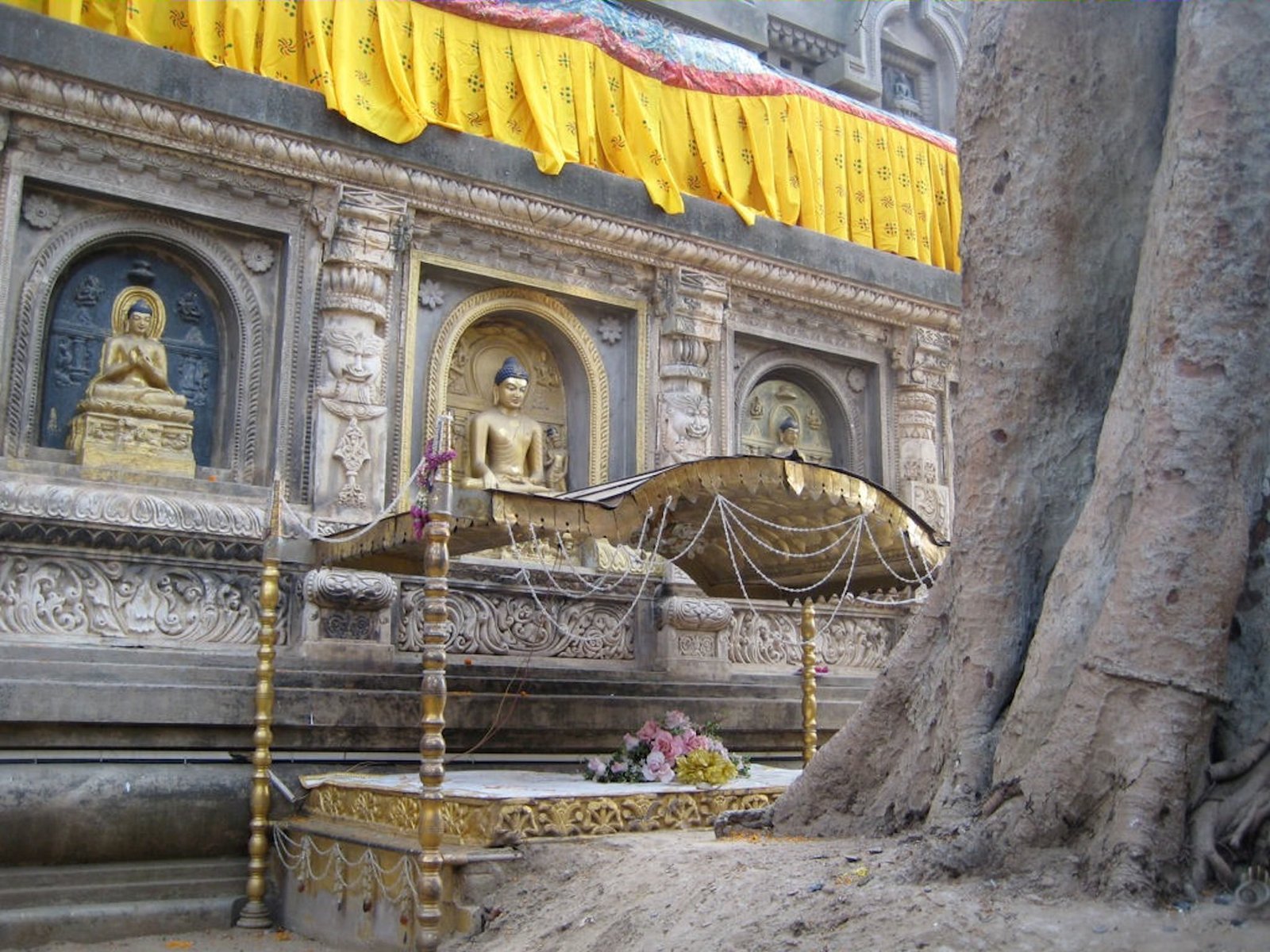
According to John Irwin, the prevalent belief that the Ashokan pillars have Persian or Greek origins are not reliable and he even suggests that they represent Dhvaja or the standards carried by Indian soldiers. He even draws attention to a relief on the Bharhut Stupa railing that depicts a queenly figure on a horseback carrying a Garudadhvaja, this pillar dates back to the 2nd century and hence is the earliest stone pillars ever declared as a Dhvaja. According to Ashoka’s order, his words were to be inscribed in any available stone, slap or pillars. This narrative plays an important role in challenging the conventional narrative surrounding the origins and purpose of the Ashokan pillars. The various inscription on the pillars contains a generally common text which collectively forms the body of the texts which are called as Edicts of Ashoka. These texts were a medium through which his policies of Dhamma were known and they conveyed a sincere effort to address the challenges faced by complex societies.
In general, the message that was inscribed included these key themes, his personal conversion to Buddhism, his in-depth descriptions of his endeavors to propagate the religion and along with that it even contains the documentation of his animal and social welfare initiatives. These principles also reflect on his ideas on governance and behavior towards each other. His efforts to create an ethical and compassionate society are clearly seen. Ashoka’s iconic throne holds great symbolism of imperial power and also signifies his position as the ruler of a vast empire. The lions that are carved in the throne are not just for decorations but they showcase strength, authority and majesty reflecting the skeleton of the Mauryan empire. It goes beyond the political significance and mirrors his spiritual awakening. The juxtaposition of these imperial symbols with the teaching of Buddhism shows the shift that happened with the emperor, that is from a conqueror to someone who promotes morals and values. It is a visual representation of his commitment towards the religion and becomes a place by which the ruler not only forms administrative policies but also disseminates compassion. Hence, it stands as an intersection of a great imperial mind and also the spiritual enlightenment.

To conclude, the legacy of Ashoka is encapsulated in these monumental pillars. it stands as a testament of the transformative power or administration that is rooted in morals and religious principles. The lion capital that includes the symbolic lions and the Ashoka chakra symbolizes the conversions of worldly powers. Apart from that, the fact that these pillars represent ancient Indian military standards, the Dhvaja challenges the conventional narratives. His profound and lasting impact has crossed the physical aspects of his reign. His legacy has played an important role in spreading the religion and influencing the people. The pillars that are currently scattered across India are an example of the bygone era that holds immense cultural significance till date. It reminds us of a historical period that has seen both, the glory and even spirituality. These structures have stood the test of time and they still evoke awe and wonder among the people.

In contemplating these structures today, we are not just talking about an historical era but we are also reflecting on the legacy of a remarkable individual. His influence has been said to believe as a guiding light that paved they way for the understanding of governance and ethics. The intricate carvings and inscriptions that we delved into earlier, reflects Ashoka’s policy and how they are still useful in this generation. His pursuit of enlightenment after the deadly war serves as a timely inspiration to many and urges for a more compassionate and harmonious world.


